How to Choose the Right Micro Switch Push Button for Your Project
Micro Switch Push Buttons are essential components in a wide range of electronic devices, providing reliable and efficient control in various applications. According to a report by Research and Markets, the global micro switch market is expected to grow from $1.35 billion in 2021 to $1.88 billion by 2026, underscoring the increasing demand for high-quality micro switches across multiple industries, including automotive, consumer electronics, and industrial automation.
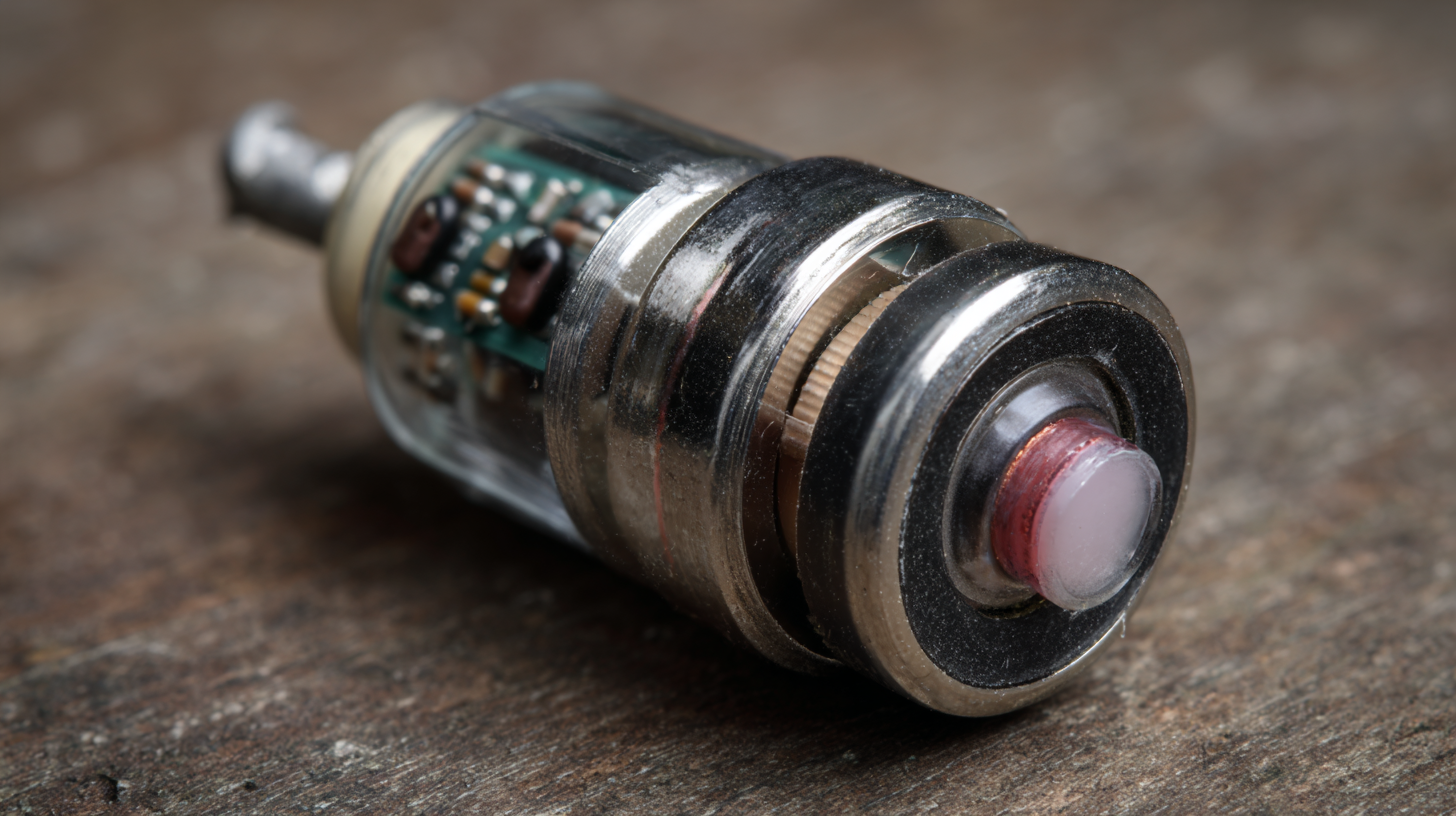
Selecting the right Micro Switch Push Button for your project requires careful consideration of factors such as operating force, travel distance, and environmental conditions. With various types available, understanding the specific requirements of your application is crucial for optimizing performance and ensuring longevity. This guide aims to provide valuable insights and tips to help you make an informed decision when choosing the perfect Micro Switch Push Button for your needs.
Understanding the Different Types of Micro Switch Push Buttons
Micro switch push buttons are essential components in various electronic and mechanical applications. Understanding the different types available is crucial for selecting the right one for your project. The most common types include momentary, latching, and toggle switches, each serving unique functions. Momentary switches activate the circuit only when pressed, making them ideal for applications like doorbells or temporary control mechanisms. Latching switches, on the other hand, maintain their state after being pressed, suitable for devices requiring an on/off function without continuous pressure.
Another critical aspect to consider is the switch's configuration, which includes single pole single throw (SPST) and double pole double throw (DPDT) options. SPST switches are straightforward, allowing a simple on/off operation, while DPDT switches offer more versatility, enabling more complex circuit control. Additionally, factors such as size, electrical ratings, and the environment in which the switch will operate play significant roles in the selection process. By understanding these types and their characteristics, you can make a more informed decision that aligns with your project's needs.
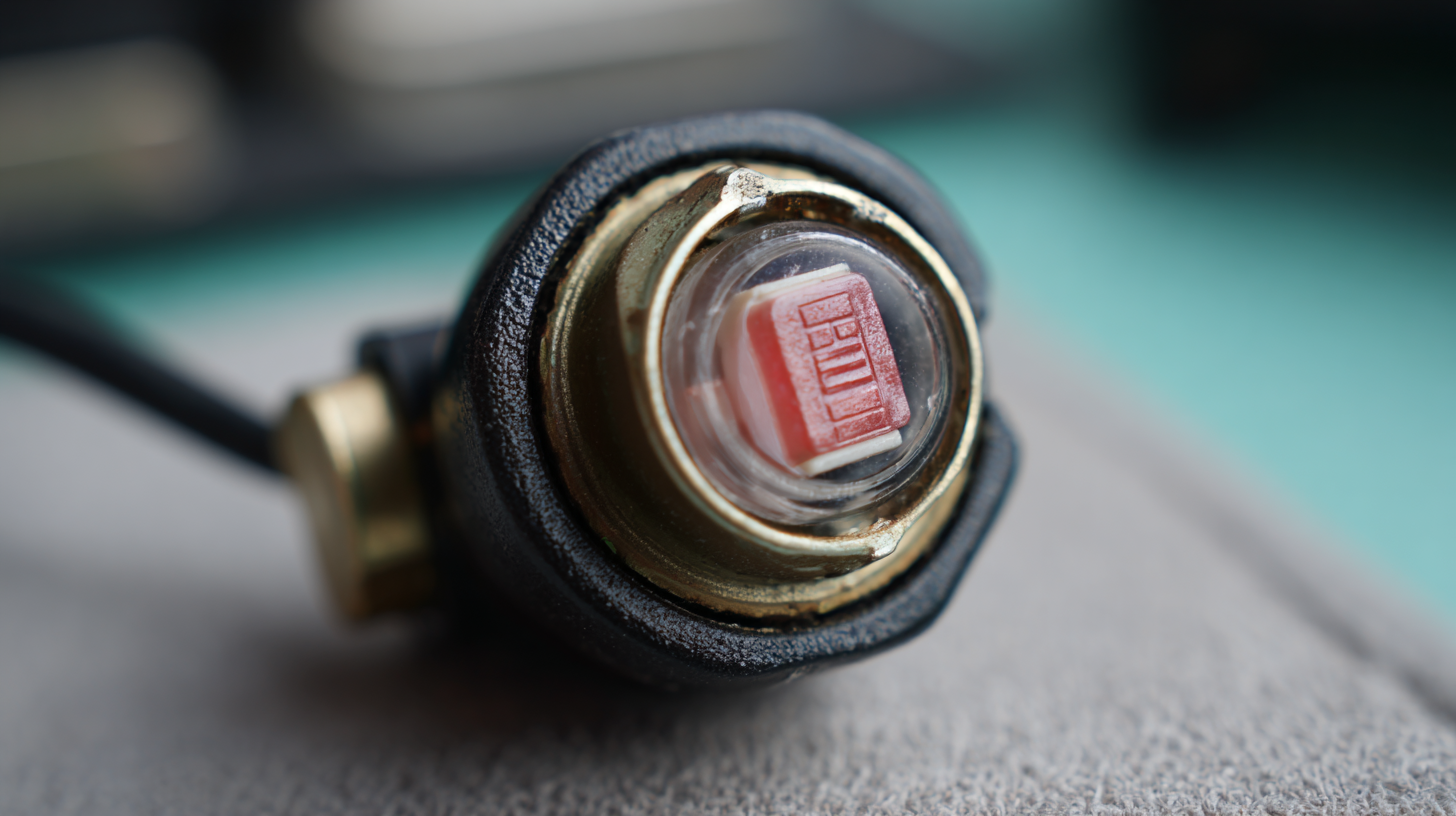
Key Factors to Consider When Selecting Micro Switch Push Buttons
When selecting a micro switch push button for your project, there are several key factors to consider to ensure it meets your specific needs. First, evaluate the durability of the switch. Look for switches that are rated for a sufficient number of cycles to ensure longevity, especially if the button will be used frequently. Additionally, consider the environmental conditions where the switch will operate; factors such as moisture, dust, and temperature ranges can significantly affect performance.
Another important aspect is the actuation force. This is the amount of pressure required to activate the switch, and it should feel comfortable for users. If the button is too stiff, it may cause frustration; if it’s too soft, it may result in accidental activations.
**Tips:** Always check the specifications that detail the actuation force and lifespan of the switch. It’s also beneficial to test the buttons physically before making a final decision to ensure they match your requirements. Additionally, ensure compatibility with your circuit designs to avoid any integration issues later on. Finding the right micro switch push button can greatly enhance the functionality and user experience of your project.
Common Applications of Micro Switch Push Buttons in Projects
Micro switch push buttons are essential components commonly utilized in various applications. One prevalent use is in home appliances, where these buttons provide control for features such as lighting, temperature settings, and power functions. For example, a micro switch can be found in washing machines for door locking mechanisms, ensuring that the machine operates only when the lid is securely closed. This enhances safety and prevents accidents, showcasing the critical role of micro switches in everyday devices.
Another significant application of micro switch push buttons is in industrial settings. These switches often serve as control interfaces in machinery, enabling operators to perform tasks such as starting, stopping, or adjusting equipment quickly and efficiently. Additionally, they are frequently incorporated into automated systems, where their reliability and responsiveness are vital for seamless operations. The compact design of micro switches allows for easy integration into control panels, making them a preferred choice in both manufacturing and automation projects.
Comparing Performance: Momentary vs. Latching Micro Switches
When choosing micro switches for your project, one of the critical decisions revolves around the type of switch you need: momentary or latching. Momentary switches are designed to activate only when physically engaged, making them ideal for applications needing temporary actions, such as triggering lights or sounds. In contrast, latching switches maintain their state even after being released and are better suited for applications where a persistent action is necessary, like powering devices on and off.
**Tips:** When selecting between momentary and latching micro switches, consider the user interface of your project. If frequent engagement is anticipated, momentary switches can offer a user-friendly experience. However, for applications requiring prolonged activation without constant press, latching switches are beneficial. Ensure to evaluate the electrical ratings and mechanical durability of the switches to align with your project’s requirements.
As you analyze performance aspects, reflect on the potential needs of your design environment. For instance, if you're integrating these switches into a portable gadget, the reliability of switch operation under different conditions should be paramount. Ultimately, the right choice hinges not only on functionality but also on how seamlessly the switch can fit into your overall project design.
How to Choose the Right Micro Switch Push Button for Your Project - Comparing Performance: Momentary vs. Latching Micro Switches
| Feature | Momentary Micro Switch | Latching Micro Switch |
|---|---|---|
| Functionality | Activates only when pressed | Stays activated until pressed again |
| Use Cases | Controls momentary functions like alarms | Used for toggle applications like lights |
| Feedback | Provides immediate feedback | May not provide immediate feedback |
| Complexity | Generally simpler to implement | More complex due to toggle nature |
| Power Consumption | Typically lower during operation | May consume power continuously when active |
| Cost | Usually more affordable | Often slightly more expensive |
How to Evaluate Durability and Reliability in Micro Switch Push Buttons
When selecting micro switch push buttons for your project, durability and reliability are paramount. According to a report from the International Electrotechnical Commission (IEC), micro switches must endure a significant number of cycles—commonly around 10 million operations—without failure to be deemed reliable in industrial applications. This reliability not only impacts performance but also influences the overall cost-effectiveness of the project, as frequent replacements can lead to increased downtime and maintenance expenses.
In evaluating the durability of micro switch push buttons, it is crucial to consider both the mechanical and electrical ratings. For instance, a recent study published by the Electronics Industry Association indicated that push buttons designed with high-grade materials, such as stainless steel or reinforced plastics, tend to provide better resistance against wear, moisture, and temperature fluctuations. Furthermore, switches rated for higher voltage and current levels are less likely to experience thermal stress, thus extending their operational lifespan. Engaging with these metrics helps ensure that the chosen components will uphold both performance standards and longevity in demanding environments.
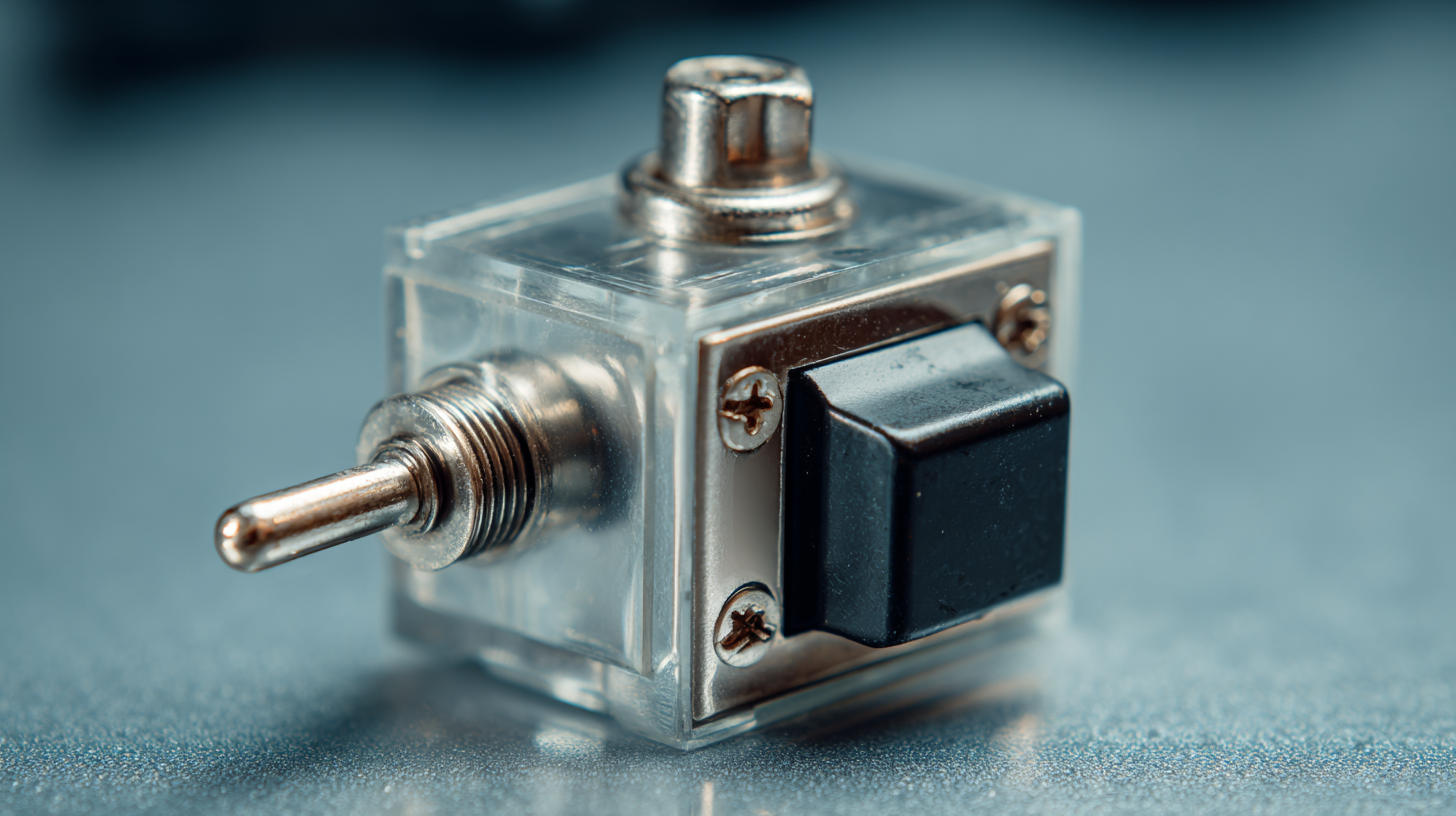
Related Posts
-
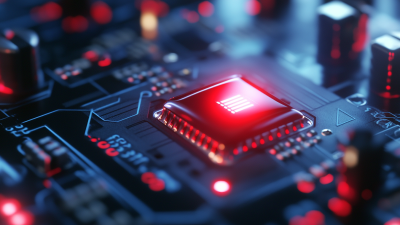
Innovative Solutions for Best Micro Switch Push Button Applications
-

5 Reasons Why the Best Push Button Starter Switch Will Transform Your Operations
-
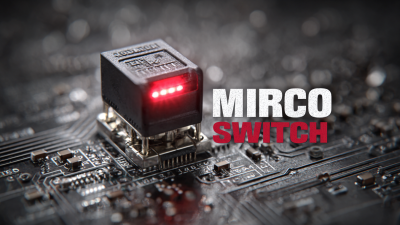
Setting the Benchmark for Best Micro Switch On Off with Industry Standards
-
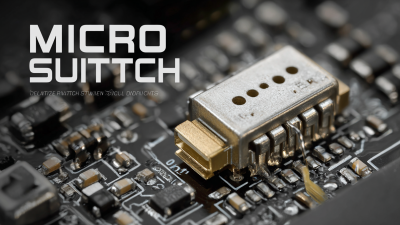
Ultimate Guide to Selecting the Best Micro Switch Button for Global Manufacturing Success
-
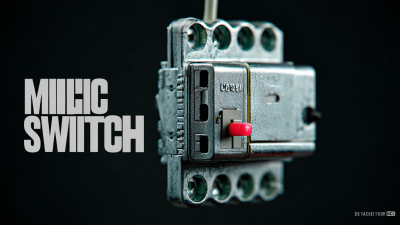
How to Choose the Best Micro Switch for Your Industrial Automation Needs: A Comprehensive Guide
-

Exploring the Features and Applications of Best Illuminated Push Buttons with a How to Guide

